Get to Know the Covert Mortality Nodavirus which Can Attack Vannamei Shrimp
The CMNV virus in shrimp was first discovered in China in 2009 with a mortality rate of up to 80%, causing huge economic losses for the farmers there.
However, it is also possible that this vannamei shrimp disease will spread to Indonesia if it is not prevented and handled properly. Therefore, in this article, let’s learn more about the Covert Mortality Nodavirus (CMNV)!

Life Stadia of Shrimp that are Vulnerable to CMNV
In white shrimp, mortality due to Covert Mortality Nodavirus (CMNV) was found in the first month after stocking up to 60-80 days after stocking. However, shrimp from various stages are also potentially infected with this virus.
Therefore, farmers need to detect early on the presence of the virus that causes Viral Covert Mortality Disease.
Vertical transmission of this disease can also occur. In previous studies, it was known that wild shrimp E. Carinicauda was strongly suspected of being an intermediary for CMNV to spread to ponds.
Meanwhile, a study by Liu (2018) showed that Covert Mortality Nodavirus (CMNV) could be detected in oogonia, oocytes, spermatocytes, fertilized eggs, and nauplii.
Symptoms of CMNV Affected Shrimp
Shrimp waning due to Covert Mortality Nodavirus (CMNV) usually stays at the bottom of ponds rather than swimming on the surface. Over time, these shrimp will die. Therefore, CMNV disease is also referred to as “bottom death”.
While clinically, several symptoms are shown, including necrosis and atrophy of the hepatopancreas, empty stomach and intestines, softening of the outer shell of the shrimp, slowing growth, white muscles, and experiencing necrosis.
CMNV Diagnostic Methods
Diagnosing shrimp infected with Covert Mortality Nodavirus (CMNV) can be done using various methods, including Reverse Transcription Loop-mediated Isothermal Amplification (RT-LAMP), Nested Reverse Transcription PCR, gene sequencing, histopathology, RNA in-situ hybridization (ISH). Meanwhile, virus particles can be observed with Transmission Electron Microscopy (TEM).
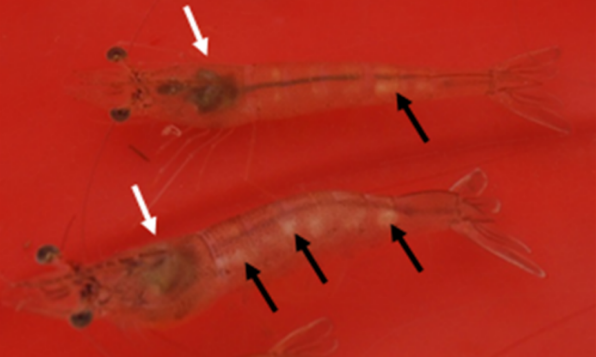
How to Prevent CMNV in Vannamei Shrimp
As previously explained, the carrier part of the Covert Mortality Nodavirus (CMNV) comes from wild shrimp and other aquatic animals. Therefore, you must always be vigilant and monitor the possibility of this transmission.
In addition, considering that Covert Mortality Nodavirus (CMNV) can be detected early, make sure you cultivate shrimp fry that is healthy and free from various types of diseases.
Cre: DELOS Aqua
Ngày đăng : 02/02/2024
1396 View
Other Articles
Portuguese food group acquires 18% stake in cod farming company Norcod
Indonesia implements radioactive-free shrimp certification for exports to the United States
India is world’s second-largest shrimp producer. That is now under threat
Ca Mau’s shrimp industry moves towards “green” growth
Floods devastate aquaculture, processing operations in Vietnam
Ecuador Leads Global Shrimp Exports, Surpassing USD 7 Billion in 2025
India's marine product exports rise 16% as new markets offset US dip
Skretting presents the first shrimp feed with insect meal in Vietnam
Sharing: EU increases shrimp imports in the first 9 months of the year
Gideon De Oro opens high tech Cebu shrimp plant, to revive exports
White-leg shrimp facing WSSV: When density and environment fluctuate together









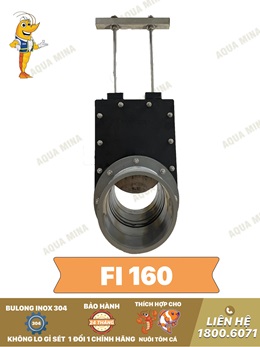


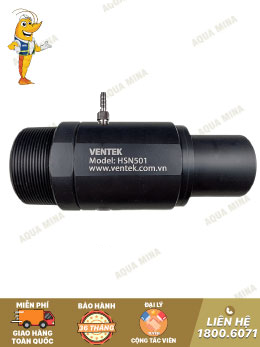
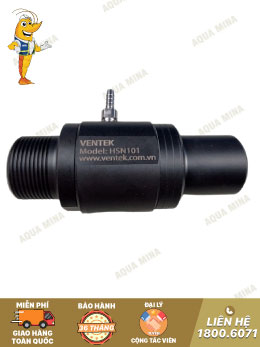

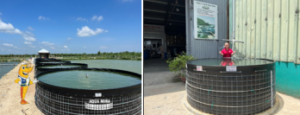



.jpg)